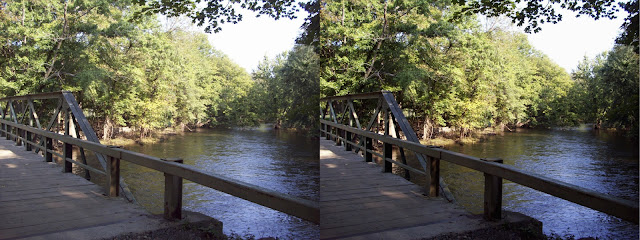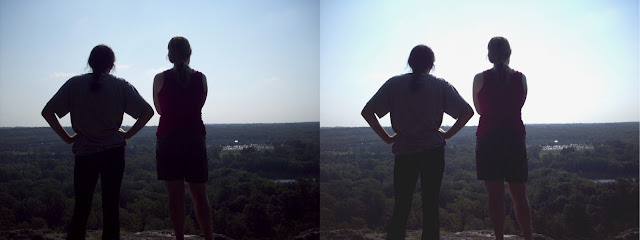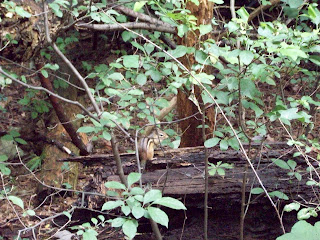The very first line of Weston’s “Photography-
Not Pictorial” holds so much meaning. Goethe was correct in his belief that art
portrays that which is inexpressible and should never be explained in words. The explanation will never come close to the
inspiration that the artist used. Photography is a relatively new form of art,
and it is constantly evolving with technology advancements. This makes the art
ever changing and more interesting than some other art forms. Photography can
capture almost any physical object with an exact and precise detail. The
transitory light effects can change one picture to be completely different than
another. It is also a very honest medium because it captures exactly what it
sees, representation and objectivity.
Seeing photographically is
so unlike anything else. You see and think differently than anyone else. Even
photographers see and think differently than each other. Photography is one of
the hardest forms of art because it requires the greatest accuracy and surest judgment.
Photography has as many possibilities, as it has limitations; technology,
settings and subject variety all contribute to this.
Photography’s origins
come from painting. Early photographers based their work off of paintings and
wished to simply replicate them, into pseudo-paintings. This hindered the
creativity aspect of the art for many years. Early photographers saw the camera
as just a machine and not an art form on its own and wanted to do everything
they could to bring out personal handiwork into their images. This is when the
rules of composition first sprung from. Some photographers, mostly amateurs,
stick to these rules like glue, and this lessens the creativity in their camera
shots. With practice, these photographers will loosen up a bit and embrace the spontaneity
of the shots while simply keeping the valuable skill set in the background.
Photography’s infinite possibilities
are sometimes a cause of trouble. Its instantaneous recording process allows
for no mistakes. Photographers have no chance to change their plans
mid-process, like other artists. The tiny particles that make up the image can
contain texture, detail, lucidity, and tones. The finished product must be finished
before the film is exposed, which cause even the artist to put even more
consideration into the very short creation process. Altering these images
destroys the perfection of a natural photograph.
I certainly agree with
the writer when he says, “It is learning to see photographically- that,
learning to his subject matter in terms of the capacities of his tools and
processes, so that he can instantaneously translate the elements and values in
a scene before him into the photograph he wants to make.” I think this one sentence
sums up the entire essay very well. Seeing photographically includes using all
of the skills artists learn during their training. I am learning these skills
in this class, as well as my photojournalism class, in which we carefully take
pictures by varying exposure and focus by manipulating aperture and shutter
speed. These invaluable tools will help me in my photographic future.
Photography is truly about “revealing the nature of the world we live in.”





































































